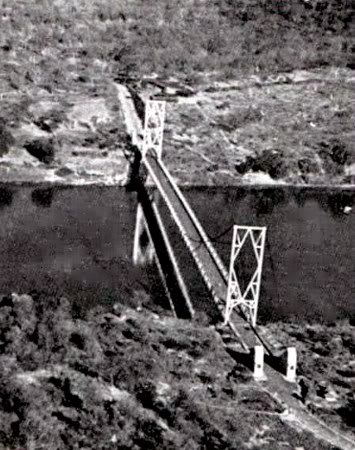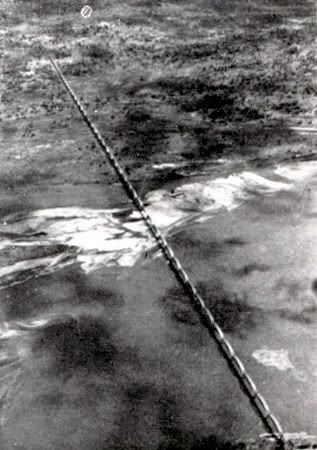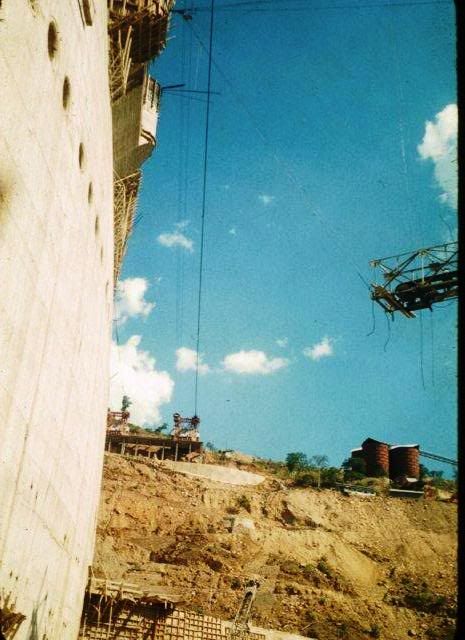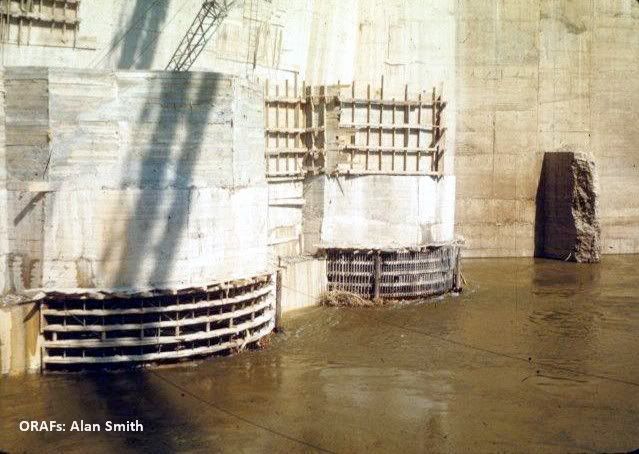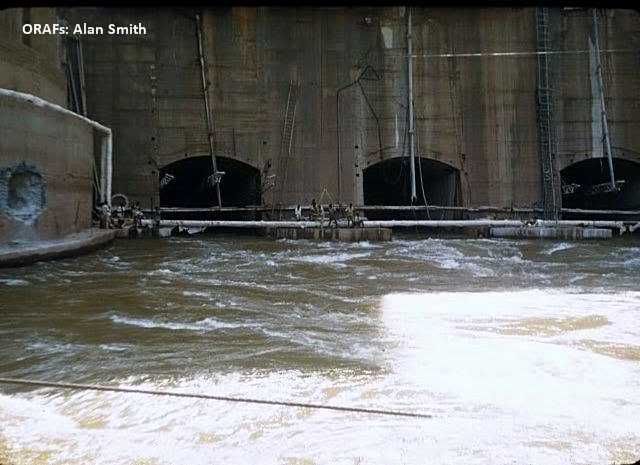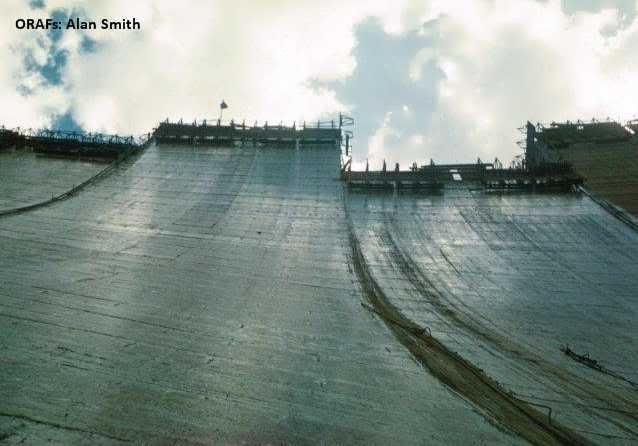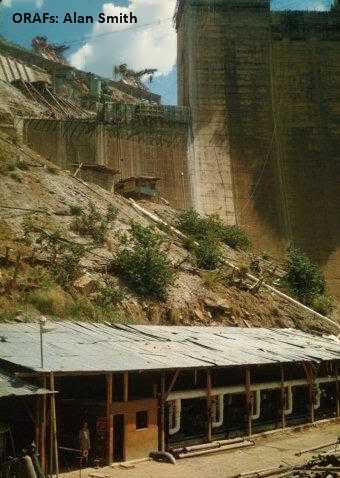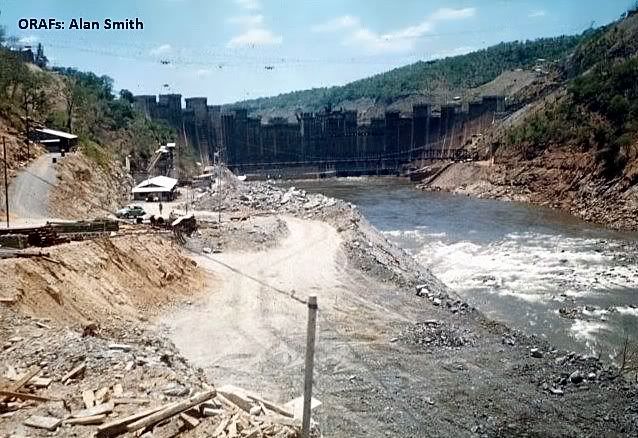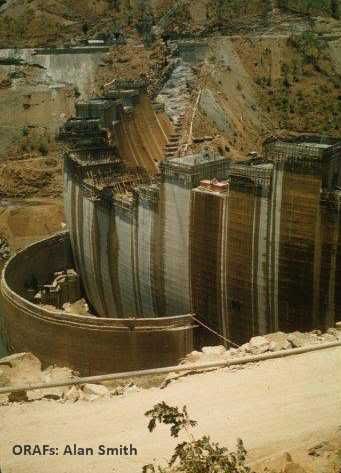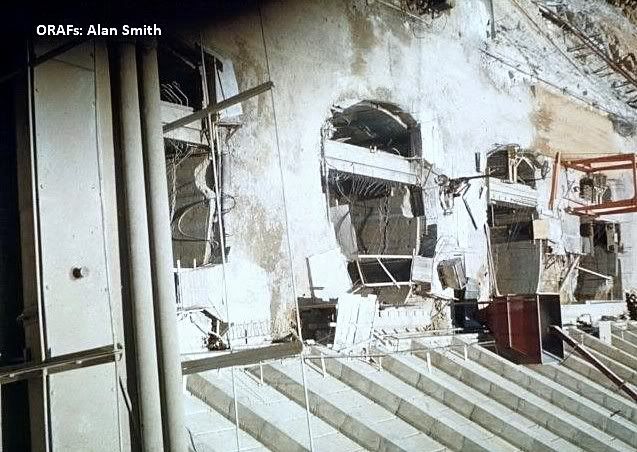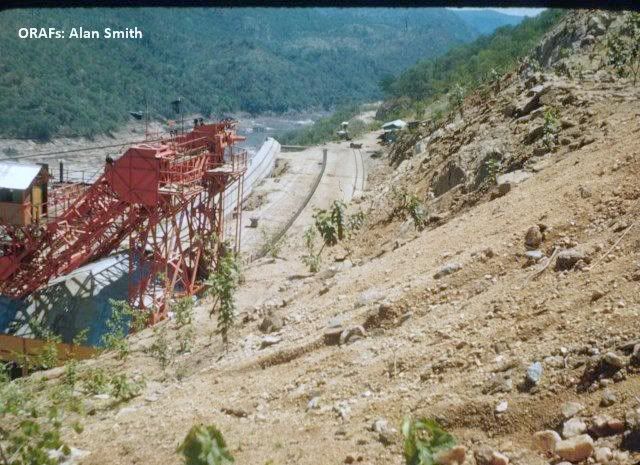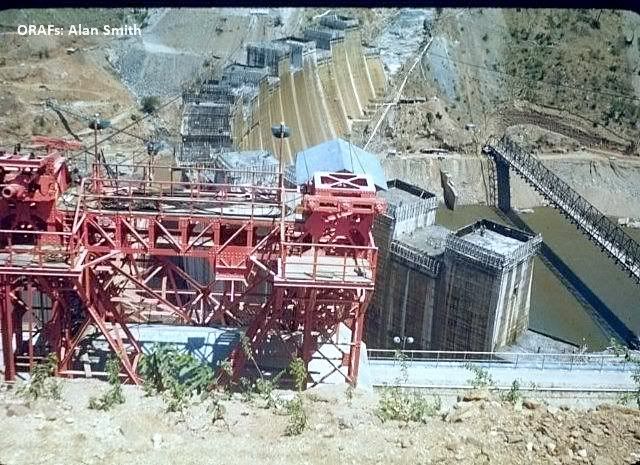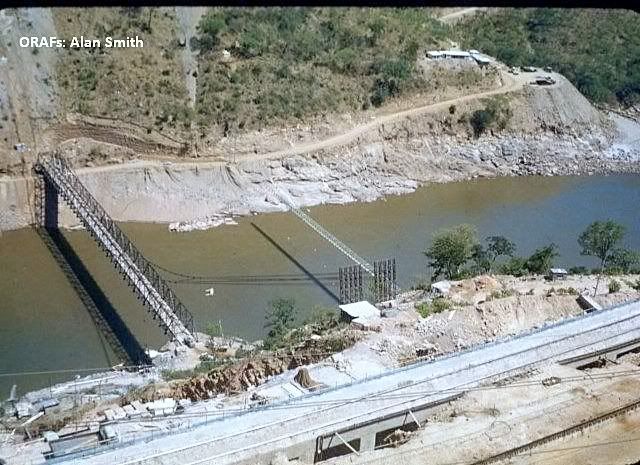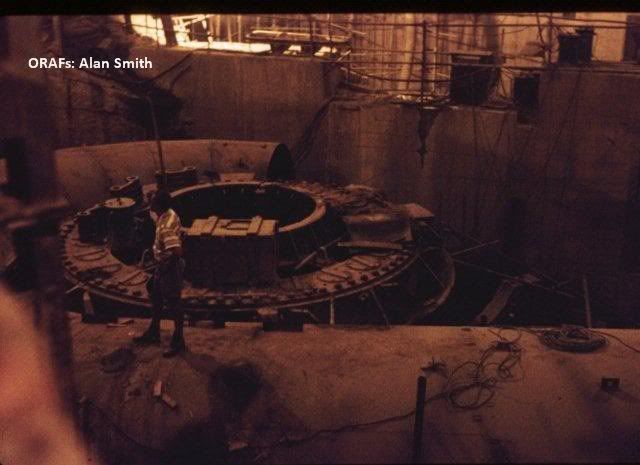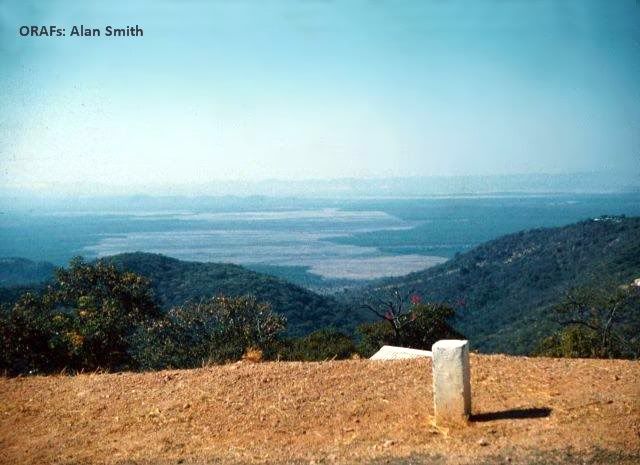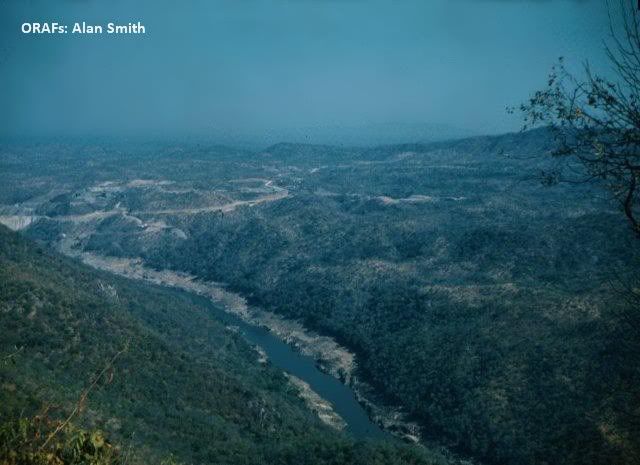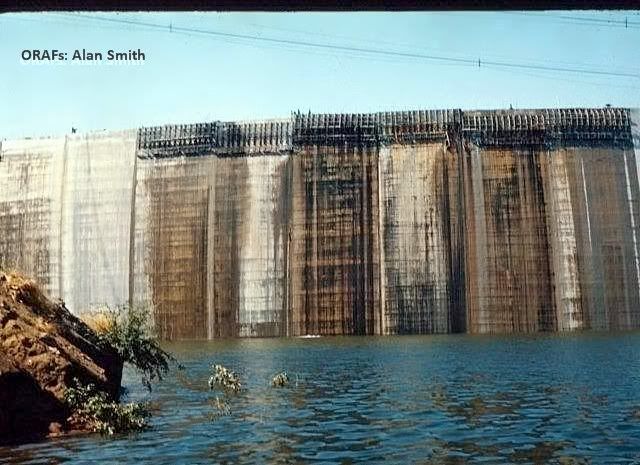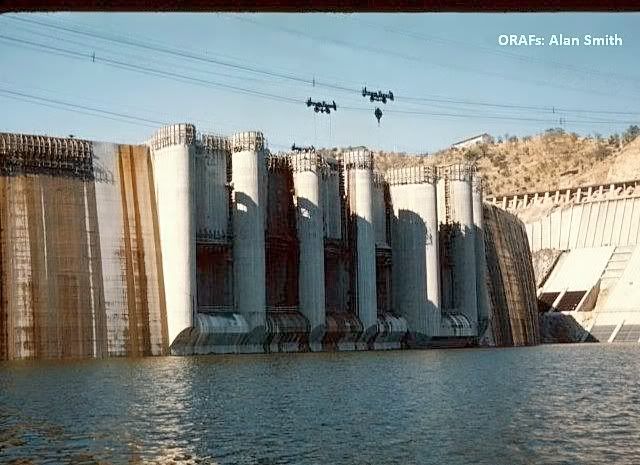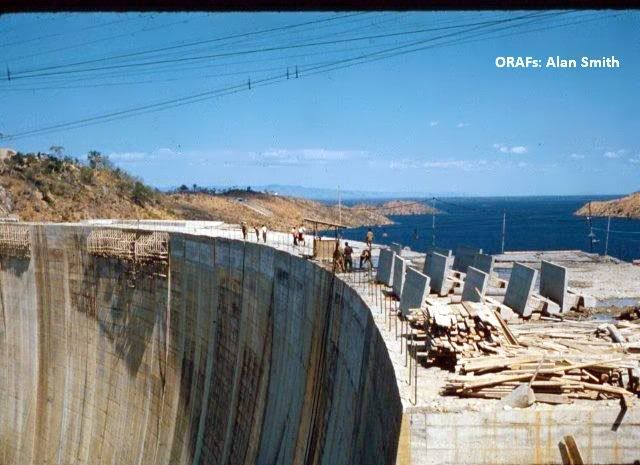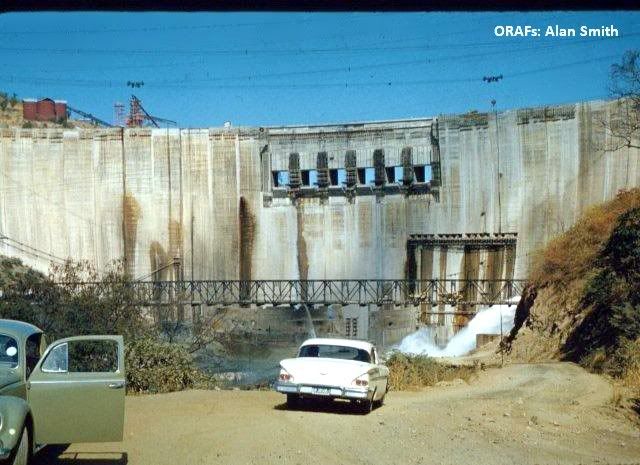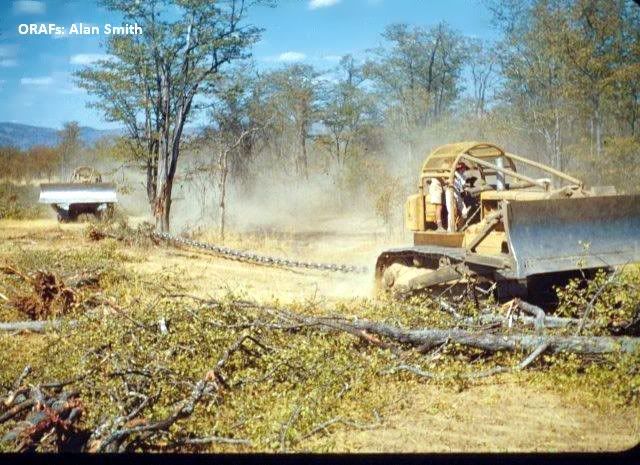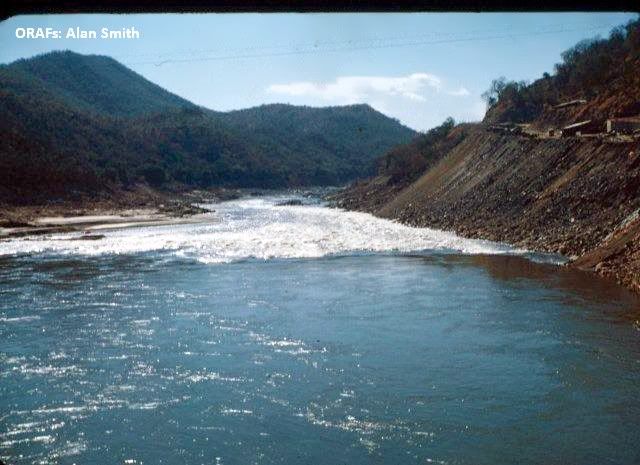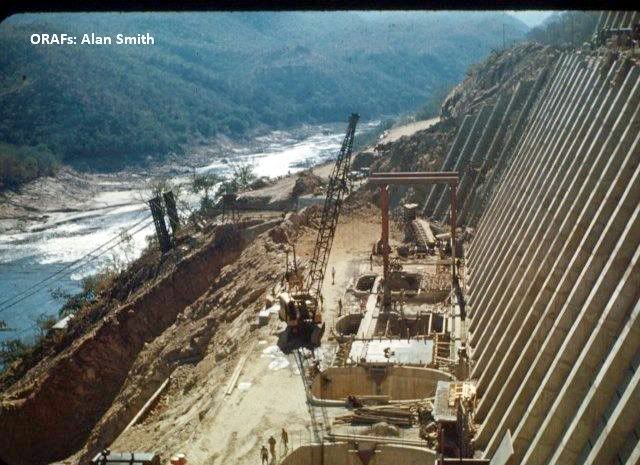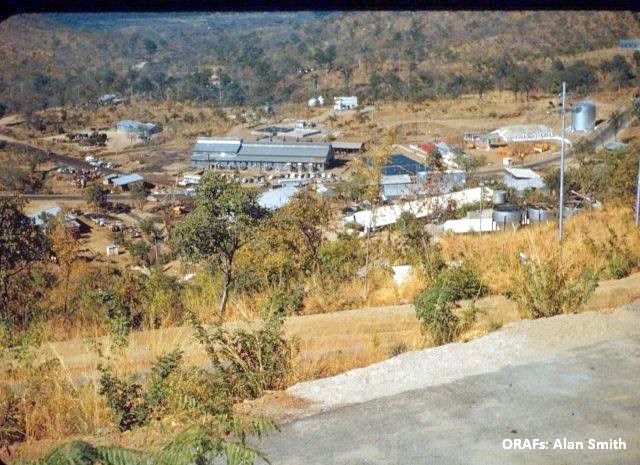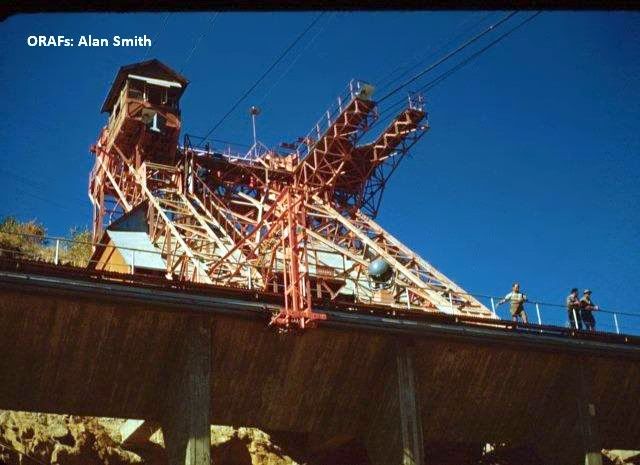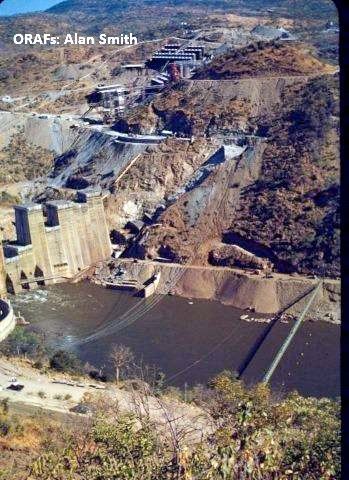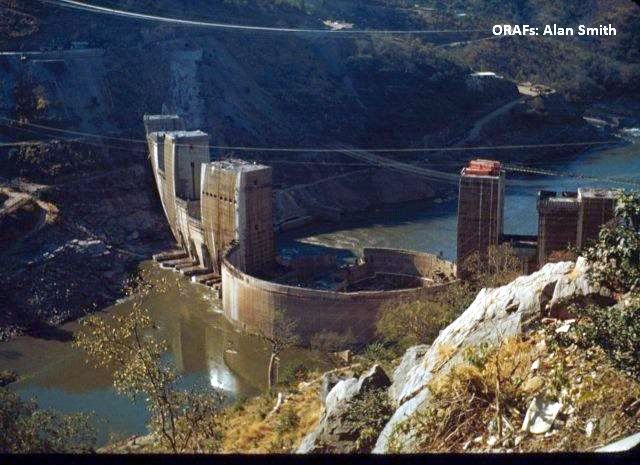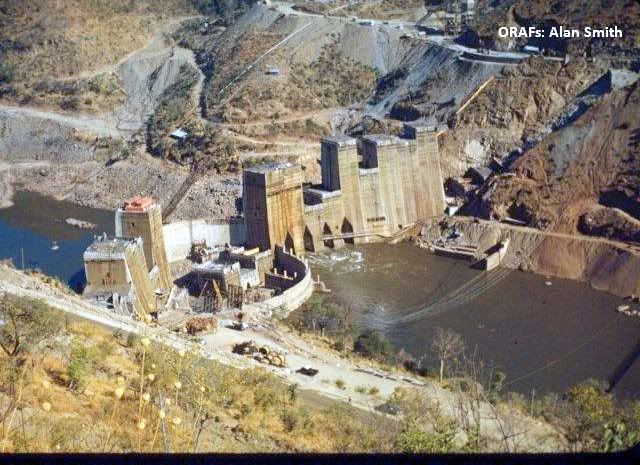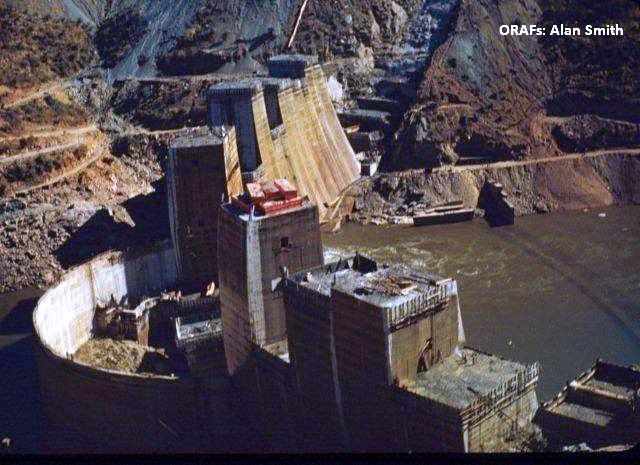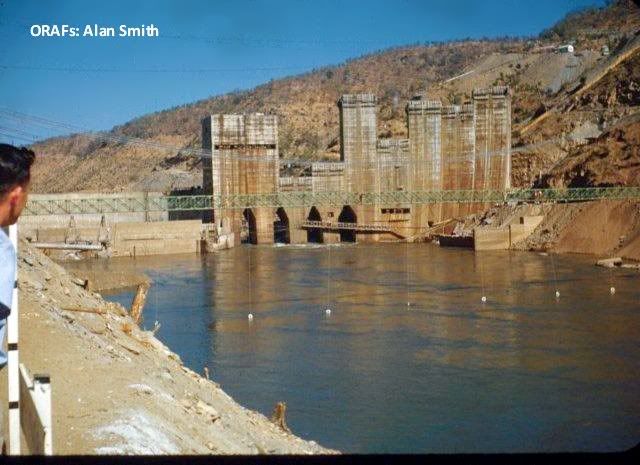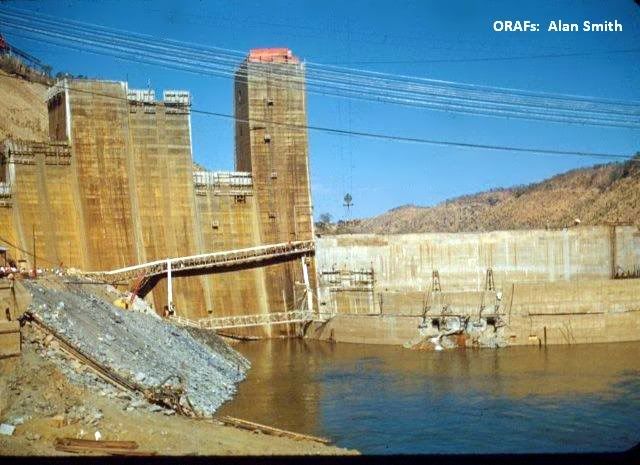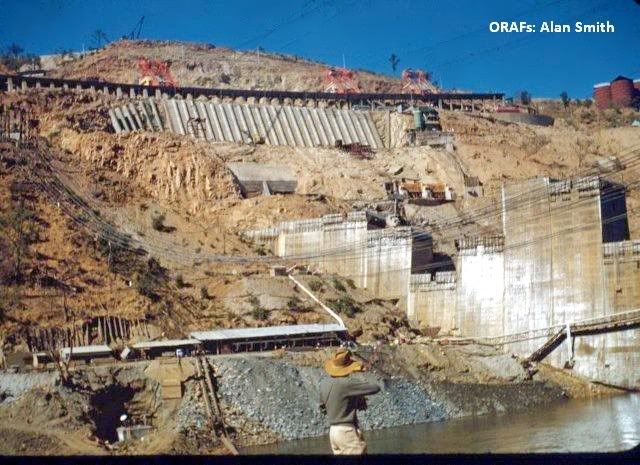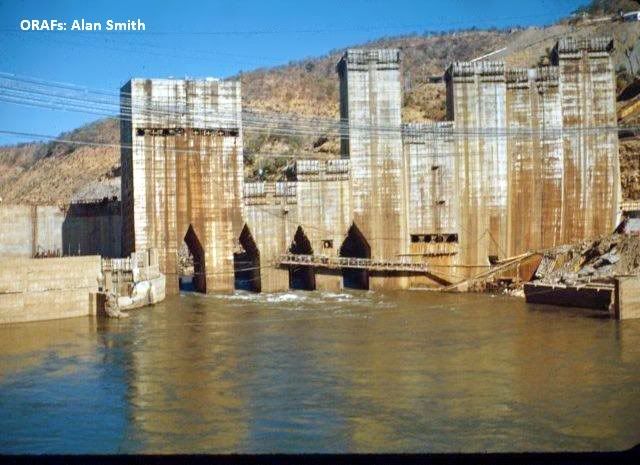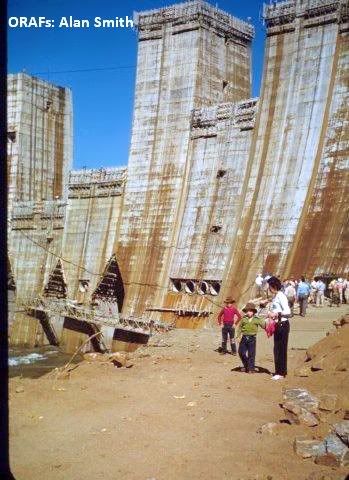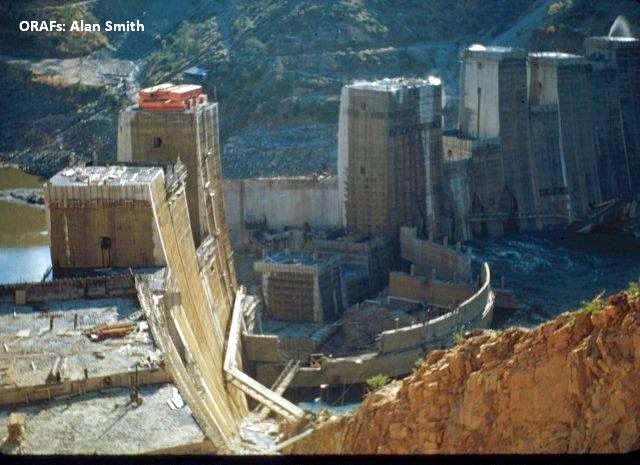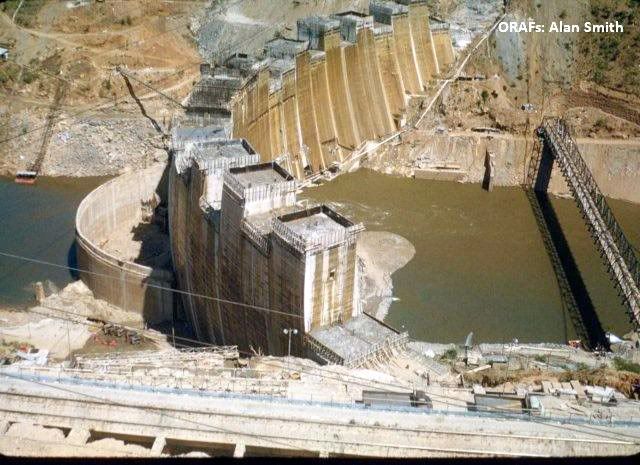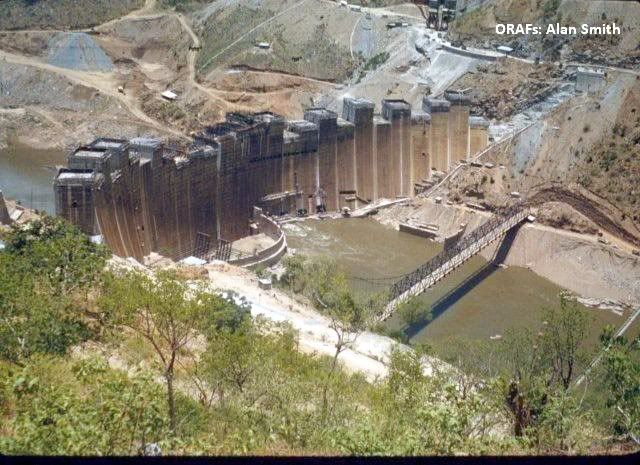Rhodesia's Railways in 1947
The purchase by the Southern Rhodesia Government of the share capital of the Rhodesia Railways, Limited, marks the beginning of a new phase in the history of transportation in Rhodesia.
Like pioneer railways in other young countries, the Rhodesia Railways have grown up with the territories they serve. Railway communication was a vital part of Rhodes's plan for the opening up of South Central Africa and it is interesting to know that by 1890 when the pioneer column occupied Rhodesia, the first 127 miles of railway line, from Kimberley to Vryburg, had already been completed. This section, however, never formed part of the Rhodesia Railways system, being taken over by the Cape Government Railways before completion. In 1893 construction was resumed from Vryburg, and Bulawayo was reached in 1897.
Meanwhile the importance of a short link with the seaboard had been realised in the negotiations with the Portuguese Government which led to the Anglo-Portuguese treaty of 1891: this treaty contained provision for a railway between the British sphere of influence and the sea near Beira. The line between Beira and Umtali was finally completed in 1900 after having been widened from the original 2 ft. gauge to the standard 3 ft. 6 ins.
The construction of lines within Rhodesia and to the North proceeded uneventfully, apart from the difficulties inseparable from the opening up of a new territory; Umtali and Salisbury were linked in 1899, and Salisbury and Bulawayo in 1902. The line from Bulawayo northwards crossed the Zambesi River at the Victoria Falls in 1904, finally reaching the Congo Border in 1909. These extensions helped to increase the traffic of the Railways and this consideration was also present in the construction of branch lines, which were in most cases built into what appeared to be promising mining areas.
LEAN YEARS
The Rhodesia Railways system, now over 2,700 miles in length and with capital expenditure of over £25,000,000, was largely built, not to serve established and developed areas, but to open up, to European civilisation, a country whose wealth and potentialities could only be guessed at. The result was, of course, many lean years for the railways, and for the shareholders, until development had caught tip and was able to supply adequate traffic for the facilities provided.
Nor did the Railways then allow development to overtake the facilities they had to offer. They kept ahead of requirements by long term improvement programmes, regarding of the lines, bridge-strengthening, stone ballasting, relaying with heavier rails, workshops extensions, new station facilities, improved rolling stock and more powerful locomotives.
Although the Rhodesia Railways experienced none of the direct effects of enemy action during the war, they were, in common with most of the transport systems of the Empire, affected indirectly to a large degree. Their contribution to the Empire war effort lay mainly in maintaining the flow from the mines to the coast of such vital raw materials as copper, chrome, asbestos, zinc and cargo coal, in the expeditious movement of troops and war equipment and in serving the civilian needs of the territories. Their handicap was not the disorganisation and havoc created by bombing or invasion, but the shortage of essential railway equipment and stores and the skilled rail way men required to maintain the track and equipment, and more particularly the difficulties attendant upon moving the vastly greater tonnages of war-time traffic.
In 1939 the Rhodesia Railways system on the lines north of Bulawayo, including the Beira Railway, handled 2,982,572 tons of traffic and 857,143 passengers. In 1932 the figures were 1,499,653 tons and 636,985 passengers.
By 1940 the annual tonnage had risen to 3,384,889 and the number of passengers to 912,485. The following year there was a further increase to 3,803,277 tons and 1,122,140 passengers and these figures were again exceeded in 1942.
For the year ended 30th September 1943, the volume of goods traffic was 43% in excess of that for the corresponding period in 1939 and passenger traffic had risen by just over 100%. The peak year was 1944 when the record of 4,447,571 tons was handled, representing an increase of 49.1% compared with 1939. The number of passengers carried in 1944 was, however, exceeded in 1945 when the increase over 1939 was 147.7%, but there was a slight fall in tonnage.
AN IMMENSE EFFORT
If these figures prove anything, they prove that an immense effort was made by the Railways to deal with the flood of traffic which poured on to the system throughout the war years. But in 1945 the strain began to be felt. Neither staff nor equipment could carry the burden indefinitely and there was an inevitable falling off in performance as the staff position deteriorated and as equipment passed beyond the stage of temporary repair.
The expedients to which the Railways were reduced in order to maintain the movement of essential war and civilian supplies have already been told; the excessive hours of overtime worked by the stall, the 50% increase in monthly engine mileages and the longer periods between overhauls, the doubling of trains to overcome the shortage of guards, the improvisation of essential equipment and the day to day struggle for trucks and engine power to meet demands.
Another factor has increased the Railways' difficulties. During the peak war years, much of the tonnage conveyed was mineral traffic for export which travelled long distances in truck and even train-loads, and was comparatively easily handled. Towards and after the end of the war, however, the character of some of the traffic changed. The great industrial development of Rhodesia which has been taking place means lighter, bulkier traffic, travelling in smaller quantities for shorter distances and involving greater use of engine power and truckage for smaller total tonnages.

One of the new 11-ton Foden Lorries recently obtained by the
Rhodesia Railways.
Photograph by Robal Studios.
Since the war, the difficulties of the railways have increased rather than diminished. New engines and rolling stock have been slow in coming forward. Improved traffic facilities such as marshalling yards, goods yards, houses for the staff, office and station accommodation have been delayed through lack of material and the shortage of skilled labour. Yet the flood of traffic continues. Drought conditions have necessitated large importations of foodstuffs and heavy internal movements of livestock. The pent-up civilian demand for consumer goods, now released, the abolition of petrol rationing, the importation of cement and other building materials and all the other imperative needs of a developing country and an expanding economy have imposed demands, which the Rhodesia Railways, like railway systems in other countries, have found difficulty in meeting.
Strenuous efforts have been made to provide the capital equipment which will enable the Railways to meet these demands. Expenditure recently authorised includes £1,107,000 for engines, £877,500 for trucks, and £1,054,800 for passenger vehicles. Other major items are £1,500,000 for rails and steel sleepers; workshop machine tools, £72,000); locomotive boilers,
£72,000; staff housing, £94,000; additional traffic facilities, £44,000; road vehicles, £128,400; and workshop extensions, £77,000. Some of this new equipment is now arriving and will be of marked assistance in dealing with the immediate situation. Orders for additional rolling stock have also been placed.
One feature in which the Rhodesia Railways differs from the majority of other railways is the fact that the general level of railway charges is the same to-day as it was in 1939. Reductions in rates and fares, consisting mainly of the abolition of the 10% surcharge imposed in 1932, were introduced on the 1st January, 1939, and these rates and fares have operated since that date despite the considerable increases in expenditure occasioned by improvements in staff conditions and the rise in the cost of railway material. On many other railways, increases of 20% and more have been imposed.
This, then, is the background against which the Rhodesia Railways commence to operate under the new ownership. Until the effect of World War II began to be felt, it could fairly be said that the Railways had not only kept pace with the development of the country, but had, at times, been in advance of the requirements of trade and industry. There is no reason to doubt that, once the leeway resulting from the war has been made up, the Rhodesia Railways will again provide transport services adequate for development and progress.
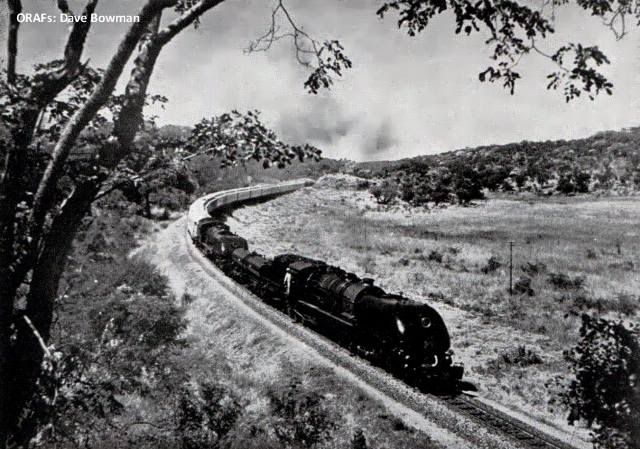
The Royal Train near Matetsi, hauled by two 15th Class Locomotives.
Photograph by South African Railways.
End of Article
Extracted by Eddy Norris, from the magazine "The Graphic dated November 01, 1947, for use on ORAFs.
Material made available by Dave Bowman (RhAF). Thanks Dave.
No financial gain is intended from producing these memories.
Comments and feed back would be greatly appreciated, please mail them to Eddy Norris
on eMail orafs11@gmail.com
Labels: 1947, Rhodesia Railways, The Kings Train

